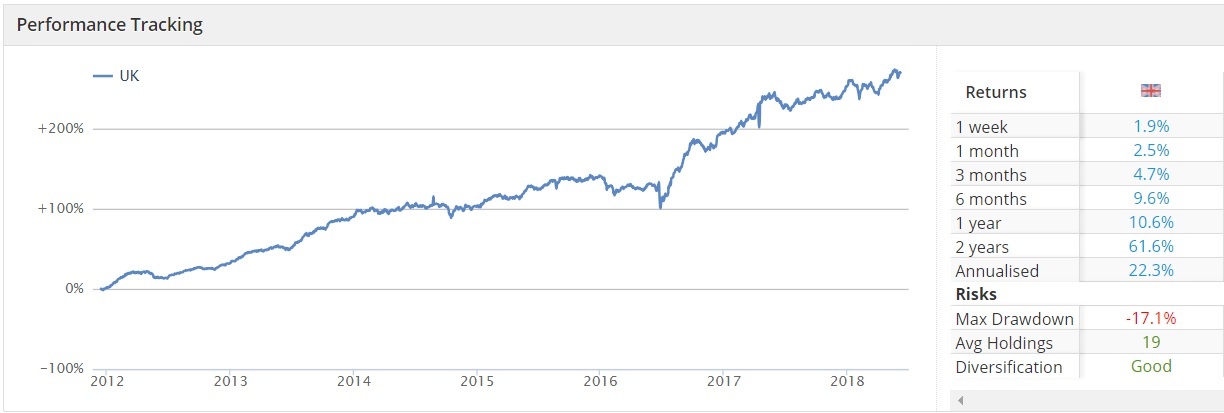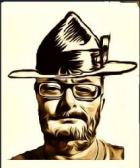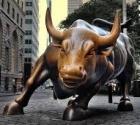Back in 1939 an investor called John Templeton made an unusual series of investments that eventually helped cement his reputation as a legendary contrarian. As America was emerging from 10 years of the Great Depression, Templeton (who was only in his late twenties at the time) sensed an opportunity.
He bought $100 of every stock trading below $1 on the New York and American stock exchanges - paying around $10,400 for stakes in 104 companies. Four years later, 34 of those companies had gone bust but Templeton had still made four times his money.
He went on to build a fortune by looking almost anywhere in the world to find contrarian value investments. It was summed up in one of his best known quotes:
“Bull markets are born in pessimism, grow on skepticism, mature on optimism and die on euphoria. The time of maximum pessimism is the best time to buy, and the time of maximum optimism is the best time to sell.”
What it takes to be a contrarian
Contrarianism lies at the heart of value investing. It’s the essence of going against the herd and taking psychologically-difficult decisions to buy stocks that most of the rest of us won’t touch.
These are the investors who are prepared to buy when others are nervous or fearful. They target unloved and distressed companies, and they can be some of the earliest movers when markets hit rock bottom. It was contrarians who made serious money in the early months and years of recovery after the dotcom crash and the financial crisis.
Evidence shows that human nature is likely to have us running for cover in the face of danger. That’s why contrarianism is so counter-intuitive to many investors, even though it can work well over time. Seth Klarman, a dyed in the wool billionaire value investor, made this point in his book, Margin of Safety. In it, he wrote:
“Value investing by its very nature is contrarian… Investors may find it difficult to act as contrarians for they can never be certain whether or when they will be proven correct. Since they are acting against the crowd, contrarians are almost always initially wrong and likely for a time to suffer paper losses. By contrast, members of the herd are nearly always right for a period.”
But while - as Klarman point out - being a value contrarian can be…












